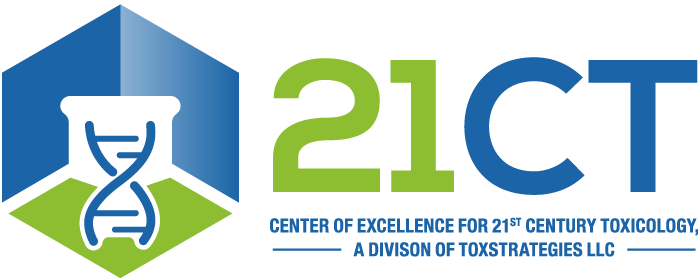2025
Heintz MM , Buerger AN, Haws LC, Cullen JM, East AW, Thompson CM . 2025. Comparison of phenotypic and transcriptomic profiles between HFPO-DA and prototypical PPARα , PPARγ , and cytotoxic agents in wild-type and Pparα -null mouse livers. Toxicol Sci 206(1):183-201; doi: 10.1093/toxsci/kfaf049 . PMID: 40216583.
View Abstract
Publication: Manuscripts
Heintz MM, Buerger AN, Haws LC, East AW, Cullen JM, Thompson CM . Comparison of phenotypic and transcriptomic profiles between HFPO-DA and prototypical PPARα, PPARγ, and cytotoxic agents in wild-type and PPARα knockout mice. Abstract 3972, Society of Toxicology 64th Annual Meeting, Orlando, FL, March 2025
View Abstract
Publication: Abstracts and Presentations
2024
Heintz MM , Klaren WD , East AW, Haws LC, McGreal SR, Campbell RR, Thompson CM . 2024. Comparison of transcriptomic profiles between HFPO-DA and prototypical PPARα, PPARγ, and cytotoxic agents in mouse, rat, and pooled human hepatocytes. Toxicol Sci 200(1):165–182; doi: 10.1093/toxsci/kfae044 . PMID: 38574381.
View Abstract
Publication: Manuscripts
Heintz MM , Klaren WD , East AW, Haws LC, McGreal SR, Campbell RR, Thompson CM . 2024. Comparison of transcriptomic profiles between HFPO-DA and prototypical PPARα, PPARγ, and cytotoxic agents in wild-type and PPARα knockout mouse hepatocytes. Toxicol Sci 200(1):183–198; doi: 10.1093/toxsci/kfae045 . PMID: 38574385.
View Abstract
Publication: Manuscripts
Tate T, Patlewicz G , Shah I. 2024. A comparison of machine learning approaches for predicting hepatotoxicity potential using chemical structure and targeted transcriptomic data. Comput Toxicol 29(March):100301; doi: 10.1016/j.comtox.2024.100301 . PMID: 38993502.
View Abstract
Publication: Manuscripts
Heintz M , Klaren W , East A, Haws L, Thompson C . Delayed transcriptomic responses in PPARa knockout mouse hepatocytes compared to wild-type hepatocytes exposed to HFPO-DA or PPARa agonist GW7647: Support for a PPARa-dependent mode of action for HFPO-DA in mouse hepatocytes. Abstract 4100, Society of Toxicology 63rd Annual Meeting, Salt Lake City, UT, March 2024.
View Abstract
Publication: Abstracts and Presentations
Chang D, Cowden J, Davidson-Fritz S, Dean J, Devito M, Everett L, Harrill A,.., Patlewicz G , et al. 2024. Scientific Studies Supporting Development of Transcriptomic Points of Departure for EPA Transcriptomic Assessment Products (ETAPs). EPA/600/X-23/084. U.S. Environmental Protection Agency: Washington, DC; doi: 10.23645/epacomptox.25365550
Publication: Report
Brennan A, Chang D, Cowden J, Davidson-Fritz S, Dean J, Devito M, Ford J, … , Patlewicz G , et al. 2024. EPA Transcriptomic Assessment Product (ETAP) for Perfluoro-3-Methoxypropanoic Acid. EPA/600/X-24/066. U.S. Environmental Protection Agency: Washington, DC; doi: 10.23645/epacomptox.25352962 .
Publication: Report
2023
Klaren WD, Heintz MM, East AW, Thompson CM, Haws LC. In vitro transcriptomic analyses informing the mode of action of HFPO-DA (GenX) in the liver. Poster presented at Society of Toxicology Annual Meeting, Nashville, TN, March 2023.
